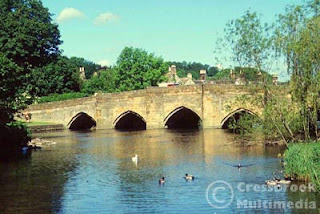Our next walking will be from a charming village right in the heart of the Lake District National Park in Cumbria, and was once the home of the famous poet William Wordsworth. Famous for Gingerbread and William Wordsworth, it has been a regular venue for the club because of its wonderful views, variety of walks shops and refreshment venues. It is
Grasmere
and will take place on
Saturday 8th October 2011
0800hrs prompt from short stay car park in the village
 |
| Helm Crag in Autumn |
The village is on the river Rothay which flows into the lake Grasmere about 0.5 km to the south. The village is overlooked from the NW by the rocky hill of Helm Crag, popularly known as The Lion and the Lamb or the Old Lady at the Piano. These names are derived from the shape of rock formations on its summit, depending on which side you view it from.[2]
A number of popular walks begin near the centre of the village, including the ascent of Helm Crag and a longer route up to Fairfield. The village is also on the route of Alfred Wainwright's Coast to Coast Walk.[3]
The A591 connects Grasmere to the Vale of Keswick over Dunmail Raise to the north, and Ambleside to the south. In other directions, Grasmere is surrounded by high ground. To the west, a long ridge comes down from High Raise and contains the lesser heights of Blea RiggSilver How. To the east, Grasmere is bordered by the western ridge of the Fairfield horseshoe. and
For more details about Grasmere click here
5 day Weather Forecast for Grasmere here.





































